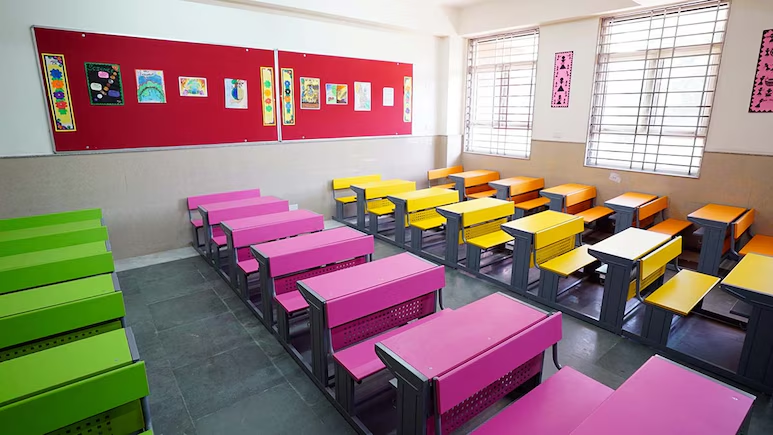
96% attendance recorded in the JEE Advanced 2020 exam that was successfully conducted in two shifts across the country on September 27 by Indian Institute of Technology (IIT) Delhi, the organising institute.
Out of the total registered fee-paid candidates, 96% candidates appeared for the JEE Advanced 2020 exam. In JEE Advanced 2020 Paper 1, as many as 1,51,311 students appeared and in JEE Advanced 2020 Paper 2, a total of 1,50,900 students appeared.
JEE Advanced 2020 witnessed the largest number of nodes ever provided by TCS-iON for an exam in the country (nearly 3.4 lakh nodes) to accommodate everyone while complying to social distancing norms.
The JEE Advanced 2020 exams were conducted in 222 cities and 1001 exam centres all over the country.
"As per the manpower and infrastructure, due to COVID-19, conducting the exam was a major challenge readily accomplished by IIT Delhi," said one of the organising team members of JEE Advanced 2020.
JEE Advanced Paper 2 Analysis
JEE Advanced Paper 2 pattern was a little different from the last year. A total of 54 questions were asked in Physics, Chemistry and Mathematics, with 18 questions in each subject.
JEE Advanced: Type of questions asked
1. Integer type of question- 6 Que ( with negative marking )
2. Multi- correct answer -6 Que ( with negative marking )
3. Numerical value type -6 Que ( answer up to decimal without negative marking)
Overall, the JEE Advanced 2020 exam paper 2 was difficult and calculative due to pattern change as compared to the last year.
JEE Advanced 2020: Subject wise feedback
JEE Advanced 2020: Physics
Physics was calculative and lengthy but the question paper covered most of the syllabus, as expected. Class 11 and 12 syllabus was almost equal in overall question paper. Electromagnetism, heat and thermodynamics and mechanics covered the major portion.
JEE Advanced 2020: Chemistry
JEE Advanced 2020 Paper 2 of Chemistry was easy to moderate but calculative. Physical and organic chemistry portion was higher.
JEE Advanced 2020: Maths
Evening maths paper was Moderate to difficult and calculative, as expected. Paper had questions from the syllabus and multi-correct type of questions consumed time due to calculations.

